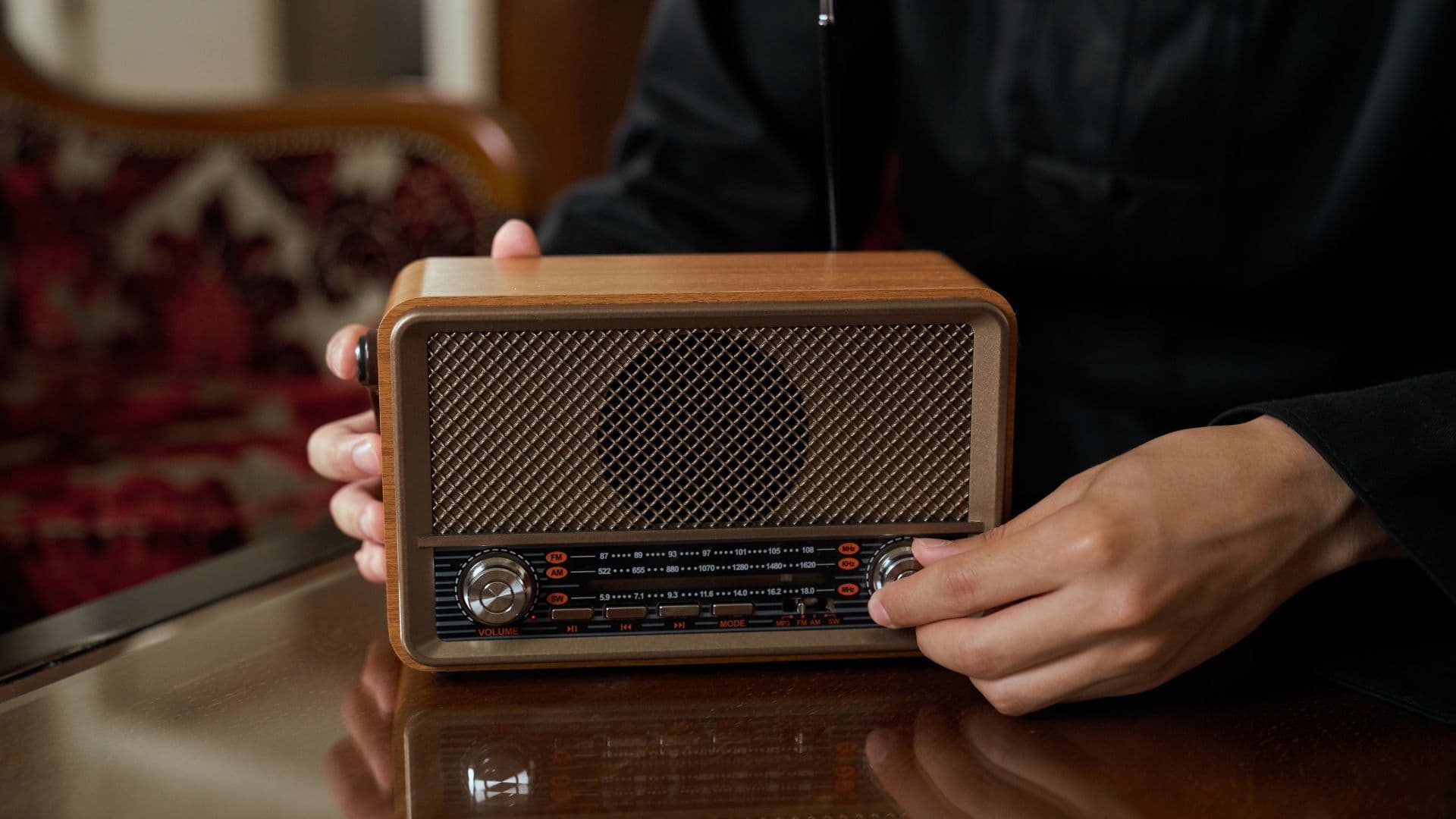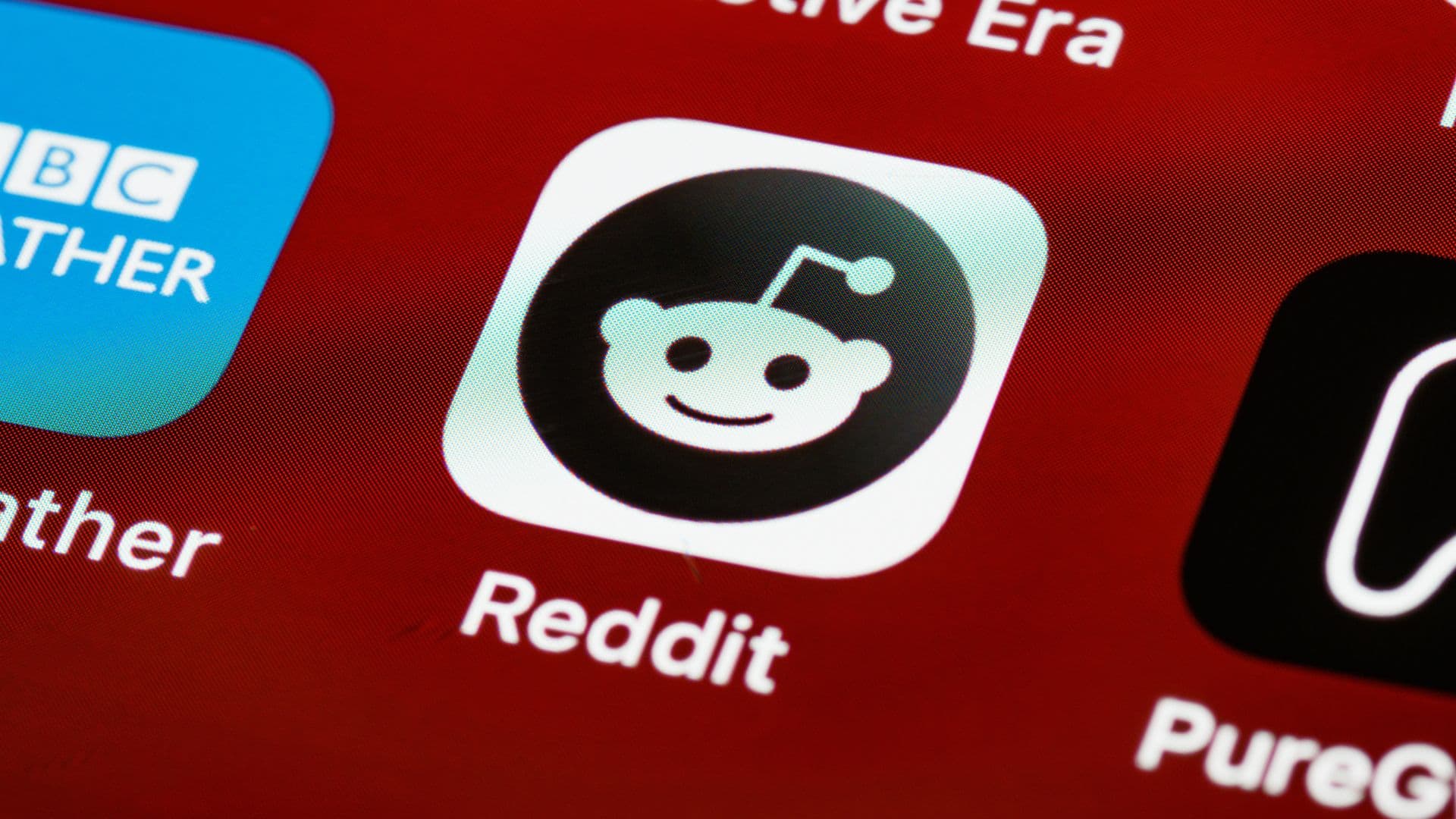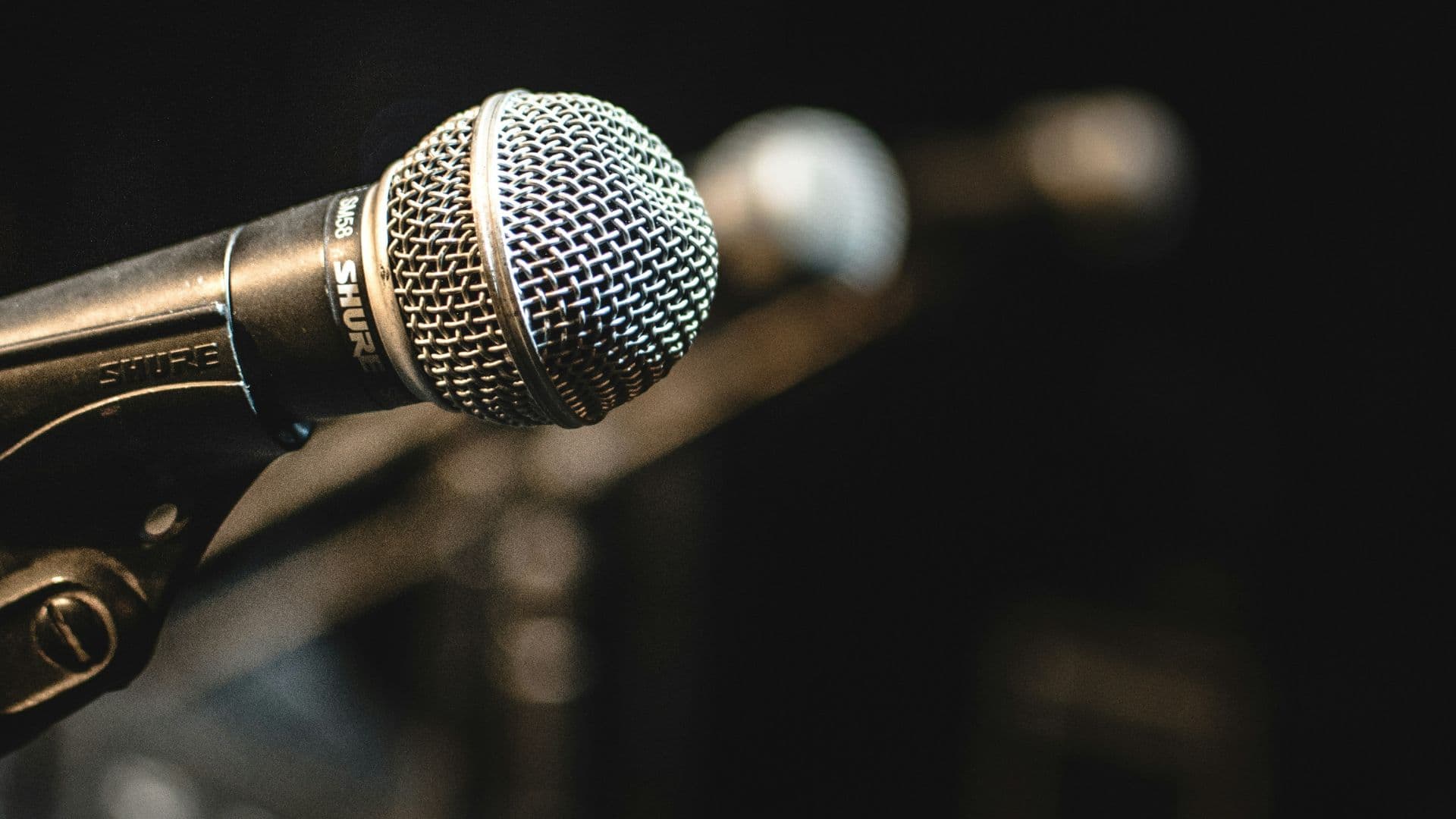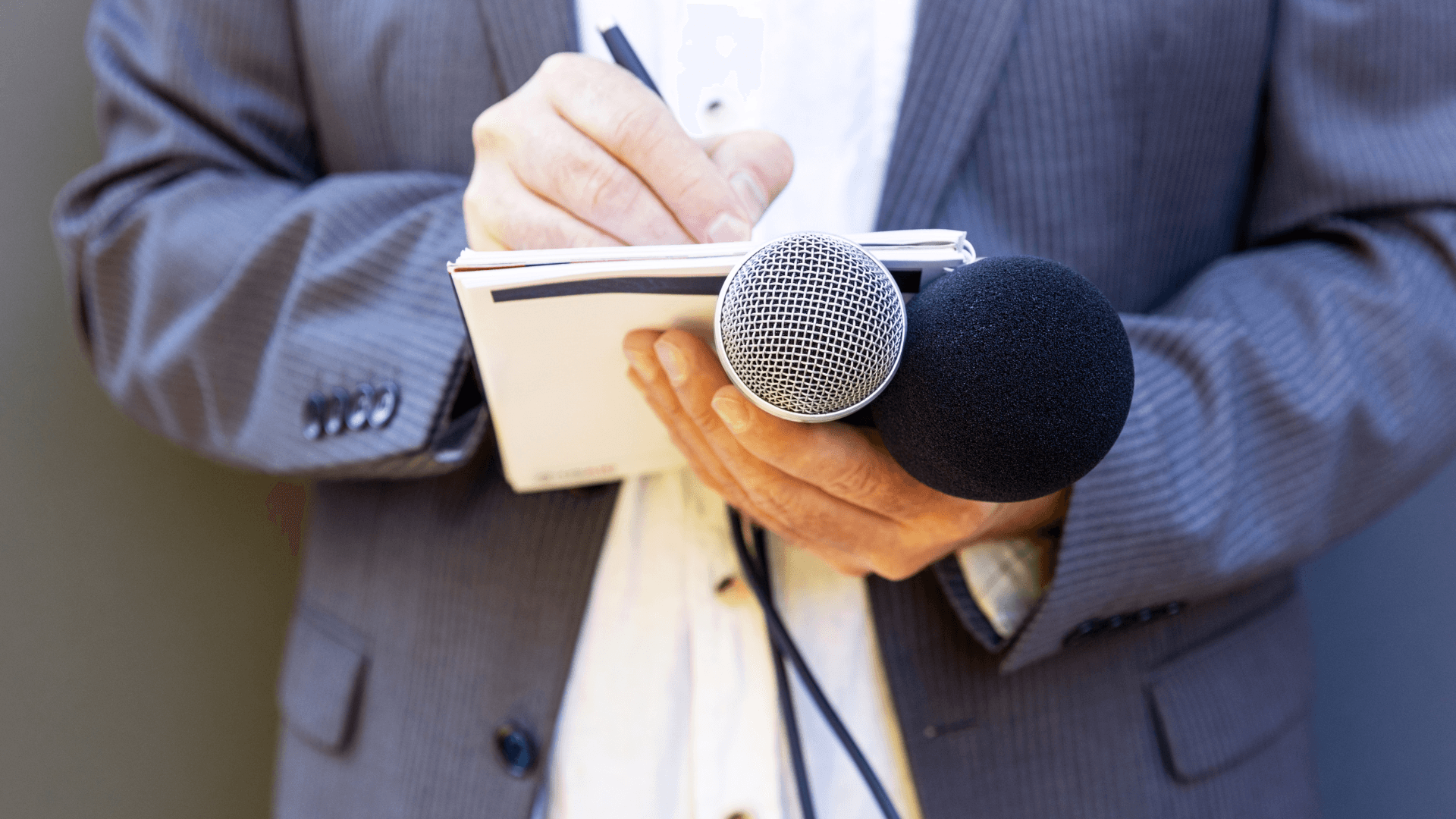Have you ever caught yourself scrolling X or flipping through channels, wondering why some stories stick with you? That’s the magic of media outlets—they’re all different, serving up news, tips, or hot takes in their own way.
From old-school newspapers and TV to podcasts, blogs, and even X posts, the media world is a wild mix, each vibing with a unique crowd, such as curious readers, pros, or niche fans.
In this blog, we’re breaking down 10 types of media outlets and who they’re perfect for, spanning classic, digital, and offbeat sources.
You’ll get the scoop on what makes each one tick and tips to pick the best for you, whether you’re staying in the loop or boosting your brand.
Here's a quick summary reference that compares each media outlet’s characteristics, advantages, and challenges to help identify the best channels for effective outreach and engagement:
Media Outlet | Description | Audience | Content Focus | Pros | Cons | Examples |
|---|---|---|---|---|---|---|
Newspaper | Print or digital publications delivering news and features. | Local, regional, or national; general public. | News, editorials, investigative journalism | High credibility, broad reach, and trusted by audiences. | Declining print readership; high competition for coverage. | The New York Times, The Guardian |
Television | Visual storytelling through broadcast or streaming. | Broad or niche (e.g., cable channels). | News, entertainment, sports, dramas. | Wide reach, impactful visuals, diverse audience. | High production costs, fleeting airtime, and ad saturation. | CNN, BBC, Netflix |
Radio | Audio content, including music, news, or talk shows. | Local or national; specific demographics. | News, music, talk shows, and interviews. | Accessible, loyal listeners; cost-effective for ads. | Limited to audio; declining younger audience; local focus. | NPR, BBC Radio 1 |
News Websites and Portals | Digital-first platforms for breaking news and features. | Global; general public. | Breaking news, analysis, features. | Fast publication, global reach, SEO benefits. | Ad clutter, credibility varies, and short attention spans. | HuffPost, Reuters |
Blogs and Vlogs | Informal, personality-driven content by individuals or brands. | Niche or broad, online communities | Personal stories, reviews, tutorials. | Authentic voice, engaged niche, easy to pitch. | Inconsistent quality, limited reach, and perceived bias. | TechCrunch, Casey Neistat |
Podcasts | Audio series focusing on specific topics or stories. | Niche: growing global reach. | Interviews, storytelling, and education. | Loyal audience, intimate medium, niche targeting. | Time-intensive, crowded market, audio-only limits. | The Joe Rogan Experience, This American Life |
Independent Journalism Platform | Crowdfunded or subscription-based outlets focusing on in-depth reporting. | Niche; educated, engaged readers. | Investigative journalism, long-form stories. | High credibility, dedicated audience, and ad-free models. | Limited reach, funding instability, and niche focus. | Substack, The Intercept |
Social Media as News | User-generated or branded content on platforms. | Global; highly targeted. | Trends, promotions, opinions, engagement. | High engagement; viral potential; cost-effective. | Algorithm dependency; fleeting content; noise overload. | X, Instagram |
Niche Publications | Specialized outlets targeting specific industries or interests. | Highly targeted; professionals or enthusiasts. | Industry news, technical articles, hobbies. | Precise targeting; expert audience; strong loyalty. | Small audience; high competition within niche; costly placements. | Wired, Runner’s World |
Citizen Journalism | User-generated reporting, often via platforms or apps. | Global; community-focused. | Local events, opinions, eyewitness accounts. | Authentic; hyper-local; cost-effective for engagement. | Unverified content; credibility issues; inconsistent quality. | Local Reddit threads, community WhatsApp groups. |
Traditional Media Outlets
1. Newspapers (Print and Digital)

Newspapers are the OG of news, hitting stands or screens daily or weekly. From hefty broadsheets to punchy tabloids, they dish out everything—hard-hitting news, spicy opinions, and deep-dive features. Whether it’s a physical paper or a sleek digital edition, they’ve got the pulse of what’s happening.
Key Features
These outlets shine with in-depth reporting that digs into the nitty-gritty. Editorial oversight keeps things tight and credible, and their focus spans local stories, national politics, or global events. It’s news you can trust, packaged for all kinds of readers.
Who They’re For
Perfect for general readers who want a reliable rundown, policymakers shaping decisions, or researchers hunting for solid, broad-coverage news. If you’re after the big picture, newspapers are your pick.
Example
The New York Times, The Guardian.
2. Television (Broadcast, Cable, Satellite)

The original "breaking news" medium, television delivers visual storytelling through 24-hour news channels, live broadcasts, and polished documentaries. From emergency alerts to investigative reports, TV news combines urgency with high production value.
Key Features
Expect real-time updates that keep you in the loop as events unfold. With slick production value—think crisp visuals and polished presenters—TV reaches millions, making it a powerhouse for news and entertainment alike.
Who They’re For
TV is a go-to for visual learners who love seeing the story, families catching up over the evening news, or casual viewers craving quick headlines or deep-dive segments. If you want impact with a side of visuals, TV is your vibe.
Example
CNN, BBC News.
3. Radio (AM/FM, Satellite, Internet)

Radio remains one of the most resilient and accessible news media, delivering audio-based journalism, talk shows, and music programming. Whether through AM/FM frequencies, satellite broadcasts, or internet streaming, radio offers a uniquely personal and portable news experience.
Key Features
The radio is super accessible and perfect for on-the-go listening. Its mobile-friendly format fits any lifestyle, and many stations zero in on local communities, delivering hyper-relevant content that hits home.
Who They’re For
This one’s for commuters stuck in traffic, multitaskers cooking dinner or working out, and local audiences who love content that feels personal. If audio’s your thing, radio’s got you covered with news or tunes wherever you are.
Example
NPR, SiriusXM.
Digital Media Outlets
4. News Websites and Portals

News websites and portals have become the go-to source for real-time information in our digital age. These platforms aggregate and deliver news with multimedia enhancements—combining text, images, videos, and interactive elements to create engaging storytelling experiences.
Key Features
They’re all about instant updates—think breaking news pinging your phone. Interactive content like polls or live blogs keeps you hooked, and their global reach means you’re never out of the loop, no matter where you are.
Who They’re For
These are a hit with tech-savvy readers who live online and professionals, like marketers or analysts, who need real-time information to stay sharp. If you’re glued to your device and crave news now, this is your sweet spot.
Example
Reuters, Yahoo News.
5. Blogs and Vlogs

Blogs and vlogs are where creators get real, dishing out written posts or videos packed with personality. They zoom in on niche topics—think tech reviews, travel diaries, or cooking hacks—making them a go-to for hyper-focused content that feels like a chat with a friend.
Key Features
Their informal vibe keeps things chill and relatable. They dive deep into specialized topics, and creators often chat directly with fans through comments or video replies, building tight-knit communities.
Who They’re For
These are gold for niche enthusiasts geeking out over specific interests, younger audiences who vibe with authentic voices, and DIY learners hunting for tips and tutorials. If you love personal and laser-focused content, blogs and vlogs are your scene.
Example
TechCrunch, Casey Neistat’s YouTube channel.
6. Podcasts

Podcasts are like your favorite radio show, but better—an audio series you can stream anytime, diving into news, juicy storytelling, or bite-sized education. From true crime to tech trends, they cover it all with a personal touch.
Key Features
On-demand listening means you pick the time, which is perfect for busy days. They’re known for deep dives that unpack topics thoroughly, and the hosts’ personality-driven style makes you feel like you’re chatting with a friend.
Who They’re For
These are for busy professionals squeezing in learning during commutes, curious people eager to explore new topics, and audio lovers who vibe with sound over screens. If you want content that fits your schedule and sparks your brain, podcasts are where it’s at.
Example
The Daily, My Favorite Murder.
Alternative and Specialized Media Outlets
7. Independent Journalism Platform

Independent journalism platforms operate free from corporate and political influences through crowdfunding, non-profit models, or reader-supported structures. These outlets prioritize investigative rigor and often cover stories overlooked by mainstream media, from government accountability to social justice issues.
Key Features
These outlets thrive on editorial independence and are free from big-money influence. They deliver in-depth analysis that gets to the core of complex issues, and their transparency—think open funding or source disclosures—builds trust with readers.
Who They’re For
Perfect for activists pushing for change, academics digging into meaty research, or readers hungry for unbiased, alternative takes that mainstream outlets might skip. If you’re all about truth and fresh perspectives, these platforms are your go-to.
Example
ProPublica, The Intercept.
8. Social Media as News

Social media platforms like X and YouTube have become news hubs where influencers, creators, and everyday users drop hot takes, updates, or eyewitness clips. It’s raw, fast, and straight-from-the-source, bypassing traditional gatekeepers for a direct pulse on what’s trending.
Key Features
User-generated content rules here—like shaky phone videos or viral threads. News spreads like wildfire, fueled by shares and likes, and it’s all community-driven, with users shaping the narrative through comments and reposts.
Who They’re For
This is the spot for Gen Z, social media junkies, and trend-chasers who crave unfiltered, real-time takes. If you’re into news that feels alive and moves at the speed of a swipe, social media’s your newsstand.
Example
X posts, TikTok news creators.
9. Niche Publications

Niche publications cater to specialized audiences with laser-focused content, delivering deep dives into specific industries, hobbies, or subcultures. Unlike general news outlets, these platforms thrive on insider knowledge, serving readers who crave detail and community.
Key Features
They’re packed with specialized expertise, offering insights you won’t find in mainstream media. Their targeted content hits the bullseye for specific audiences, building a loyal readership that keeps coming back for more.
Who They’re For
These are a must for professionals sharpening their industry knowledge, hobbyists geeking out over their passions, and tight-knit niche communities—like tech nerds, gamers, or fitness buffs—who want content tailored to their world. If you’re all about diving deep into your thing, niche pubs are your crew.
Example
Wired, Runner’s World.
10. Citizen Journalism

Citizen journalism represents the democratization of news, where everyday individuals—armed with smartphones and social media—report on events happening in their communities. Bypassing traditional editorial structures, these grassroots contributors provide raw, immediate perspectives often missed by professional outlets.
Key Features
Authenticity is the name of the game, with unpolished, real-time stories that feel personal. It’s hyper-local, focusing on neighborhood events or issues, and there’s minimal editorial gatekeeping, so voices shine through unfiltered.
Who They’re For
This is for community members wanting the scoop on local happenings, advocates amplifying causes, and readers who dig raw, firsthand accounts over polished reports. If you value stories straight from the source, citizen journalism’s your vibe.
Example
Local Reddit threads, community WhatsApp groups.
How to Choose the Right Media Outlet
Choosing the right media outlet is about more than just convenience—it shapes how you understand the world. Here’s a deeper dive into the key factors to consider, with actionable steps to evaluate sources effectively:
1. Credibility
Credibility should be your first filter when selecting information sources. Responsible media outlets maintain rigorous editorial standards, publish corrections when they make mistakes, and back their claims with verifiable sources.
Tools like Media Bias/Fact Check or NewsGuard can help you quickly assess an outlet's reliability. These platforms analyze the factual accuracy track record and journalistic practices of hundreds of media sources.
2. Relevance
Not all media outlets are designed to serve all audiences. A common mistake is expecting a general interest publication to provide the depth that only a specialized outlet can offer.
If you're looking for broad global news, international outlets like the BBC or Al Jazeera might be suitable. However, if you need detailed information about a specific sector, a specialized outlet like Bloomberg for finance or Nature for science will provide deeper analysis.
The choice between depth and immediacy also matters. During critical events like humanitarian crises, you might prefer quick updates. For complex topics like economic policy, a more measured, contextualized analysis will prove more valuable.
3. Accessibility
A media outlet's business model directly affects its content. The dichotomy between free and paid media represents a dilemma for conscious readers.
Subscription-based outlets often offer deeper reporting less dependent on clicks, but they represent an investment.
The key question is: Does the informational value justify the cost?
Format also determines accessibility. Do you prefer reading long-form text, listening to podcasts during your commute, or consuming explanatory videos? Your learning style and daily circumstances should guide this choice.
4. Bias and transparency
Contrary to what many believe, absolute objectivity doesn't exist in journalism. All outlets operate under certain interpretive frameworks and editorial priorities.
Tools like AllSides help identify different outlets' political leanings. However, bias isn't limited to politics – it can also be corporate or ideological in more subtle ways.
Transparency is the antidote to problematic bias. Ethical media outlets disclose their funding sources, institutional affiliations, and potential conflicts of interest. An outlet that isn't transparent about these matters deserves skepticism.
Diversifying sources remains the best strategy against bias. Even the most balanced outlets have blind spots, so contrasting different perspectives enriches your understanding.
5. Timeliness
The immediacy of information varies enormously across platforms. To follow developing events, social media and digital sites offer constant updates, though often with preliminary information subject to revision.
In contrast, print media or weekly podcasts sacrifice immediacy for accuracy and context. This trade-off doesn't make one inherently better than the other – they simply serve different purposes.
Making Media Choices That Serve Your Purpose
The media space is increasingly complex, but your approach to navigating it doesn't have to be. The most effective strategy is to align your media consumption with your specific goals – whether seeking authoritative information, exploring niche interests, or amplifying diverse perspectives.
For professionals looking to contribute to these outlets rather than just consume them, tools like PressPulse AI offer a streamlined way to connect with relevant journalists. Unlike traditional HARO emails that flood your inbox, PressPulse uses AI to match your specific expertise with media opportunities, delivering personalized journalist requests from a variety of platforms. With features like domain authority insights and AI-assisted pitch development, it helps experts secure meaningful media coverage without the overwhelming spam.
Consider which media outlets truly serve your information needs. If you're looking to share your expertise, explore how new technologies can help amplify your voice in publications that matter to your field.


